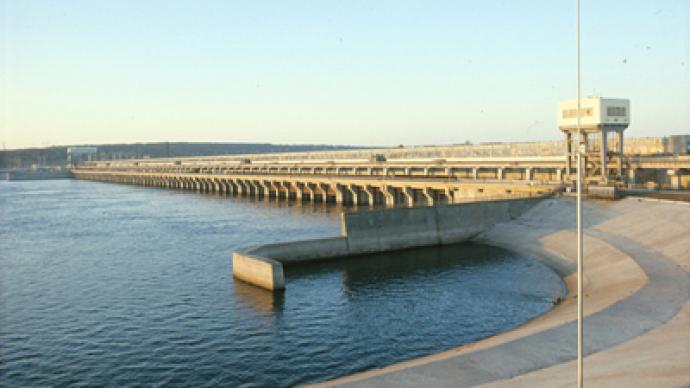Reversing cost of harnessing the mighty Volga

A backbone of the Russian economy and an inspiration for the country’s culture, Europe’s longest river, the Volga, is now suffering the consequences of human activity.
The mighty Volga runs deep through the Russian soul. It has provided inspiration for songs and poems and is the country’s main north-south artery.Decades ago human ingenuity connected it to the Don River to the west. “For centuries people dreamt of connecting the two rivers,” says Aleksandr Naumov, a head of Canal Shipping. “Now this canal essentially joins distant seas together.”The Volga-Don canal is an engineering marvel. Within a day a vessel can pass the canal’s 13 locks. Ten million tons of shipping does so every year.There is another concrete giant on its banks – the largest hydroelectric plant in Europe, finished 50 years ago. It powers the local city of Volgograd and sends lots more electricity to Moscow, all thanks to the river.The hydroelectric plant is a potent example of how much the Volga can provide. But harnessing the river like this is not without its cost.Fishermen have been watching fish stocks for years. They see the slow damage the damming of the river has done, especially to Russia’s prized Sturgeon, the source of caviar.“The hydroelectric plant has done significant damage because it’s stopped fish swimming upriver to their spawning grounds,” complains fisherman Aleksandr Zemtsov. “They turn back and start swimming downstream. Now we don’t know where they are”.Within a year, all the houses around the plant will have gone, fallen into the river. Depending on how many of the hydroelectric plant’s turbines are on, the water level can change suddenly and dramatically – too suddenly for the banks to absorb.It plays havoc with the canal too.“We can only let through ships we have enough water for,” says Aleksandr Naumov, a Head of Canal Shipping. “Last year the water level dropped because of the hydroelectric plant and it caused big problems. We could only let through smaller ships or half loaded ones.”Control of the river flow by the plant has made building on the Volga’s flood plain more attractive.Serious floods are less likely, but the water that is put into drains is taken away from the fish that need it.“When people start building on the flood plain the places where the fish spawned don’t flood anymore,” says ecologist Natalya Loponsova . “Most of the spawning grounds are now gone.”Now, at last, the voice of the Volga’s ecology might start being heard.After 50 years of damage, the plant may change its regime to release water for the river’s benefit, not just its own.“For the first time in 50 years the rules will contain a point on maintaining biodiversity in the river,” continues Loponsova. “We still have a chance to bring the Volga back to life.”Meaning that the mighty Volga is treated with the respect it deserves.













